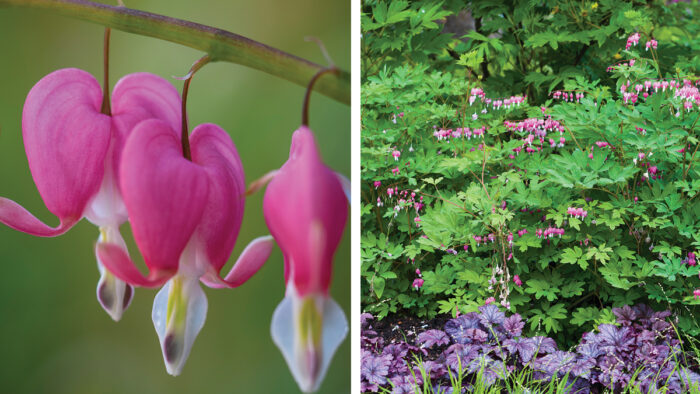
Plant lovers have been swooning over bleeding hearts (Dicentra and Lamprocapnos spp. and cvs.) for centuries, and with good reason. Their exquisite heart-shaped flowers, long bloom times, and attractive ferny foliage serve up huge garden appeal. What’s more, they are largely trouble-free. Even deer leave them alone, since they share the same chemical defenses as their close relatives the poppies (Meconopsis and Papaver spp. and cvs., Zones 2–9). Vexed only by occasional slug damage and infrequent leaf diseases, bleeding hearts are true garden gems.
What puts this group of plants over the top, though, is that there are options that will grow in full to partial shade and even sun. Bleeding hearts differ widely in their cultivation needs, depending upon the species and, in the case of cultivars and hybrids, their parentage. Be sure to pay particular attention to this detail when making your selections.
Meet the family
If you are confused or just irked by bleeding heart nomenclature, you are not the only one. Many of us miss the simple days when all bleeding hearts were classified under the genus Dicentra. But things have certainly changed. Here’s how to sort through the various monikers you’ll find with bleeding hearts.
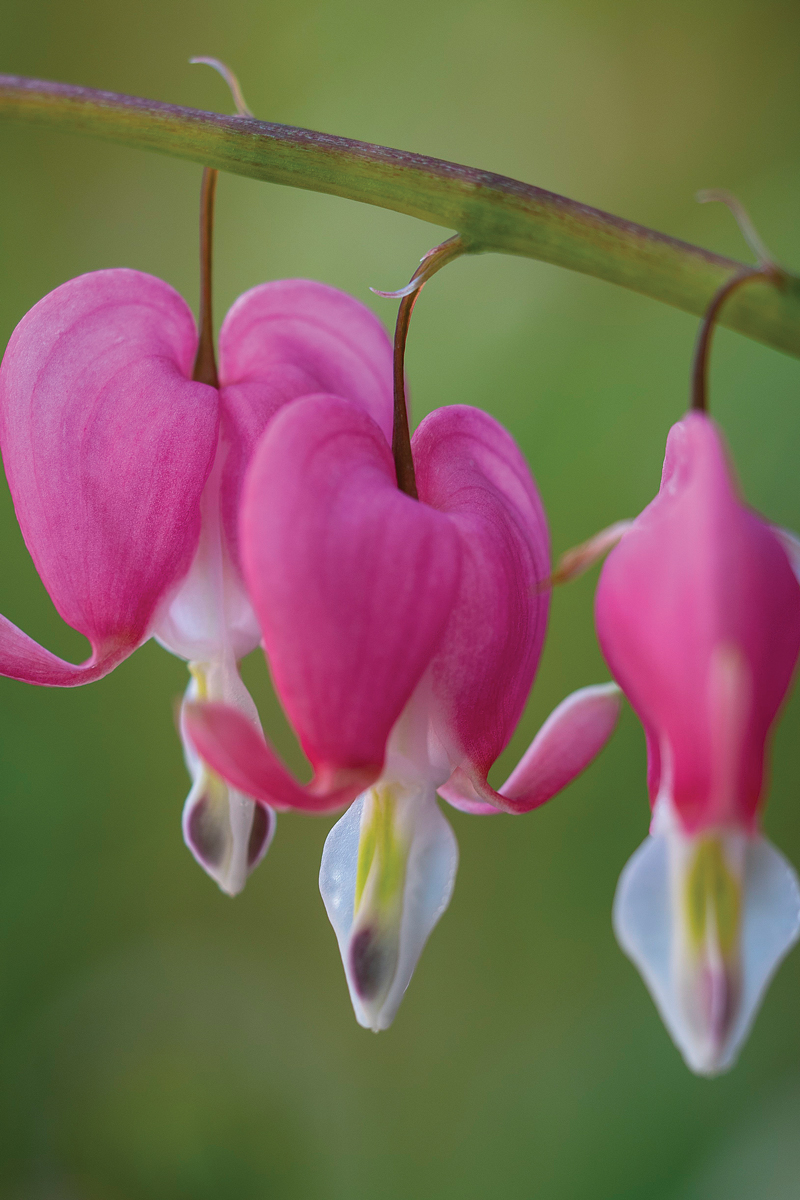
Common bleeding heart (Lamprocapnos spectabilis and cvs., Zones 3–9), formerly known as Dicentra spectabilis, is probably the most frequently encountered name update. The change has been met with a good deal of resistance, and you’ll still find many plant labels and catalogs with the previous name, even though the change was first published back in 1997. Despite the moniker modification, this species is the same beloved stalwart.
The genus Dicentra still exists, and it now contains eight species. Seven are from North America, and one is from East Asia. The most garden-worthy species are fringed bleeding heart (D. eximia and cvs., Zones 3–9) and western bleeding heart (D. formosa and cvs., Zones 4–8). Though similar in appearance, the former is from Appalachia and the latter from western North America. This difference means that fringed bleeding heart is a little easier to grow in areas with warmer summers and colder winters. By contrast, western bleeding heart is a little easier to grow in areas with milder climates.
The other species built for gardens is Komakusa bleeding heart (D. peregrina and cvs., Zones 3–7) from East Asia, which shares similarities with the two aforementioned North American species. In recent years, the three species have been used to create a range of hybrid cultivars. Komakusa is the most attractive of the three, but, being a plant of extreme alpine habitats, it is difficult to cultivate. Much of the recent breeding work has aimed to combine the particularly desirable flowers and foliage of this Asian species with the greater heat tolerance and ease of cultivation of the two American species. All of this is to say that bleeding hearts offer a broad palette of plants suitable for a variety of garden situations.
Common bleeding heart is anything but ordinary
Without a doubt, the best-known bleeding heart is the common bleeding heart—due to its unique flower structure. When examined closely, the flowers are fascinating. If you turn one upside down and give the base a gentle squeeze, you will see why one of the common names for this plant is also “lady in the bath”!
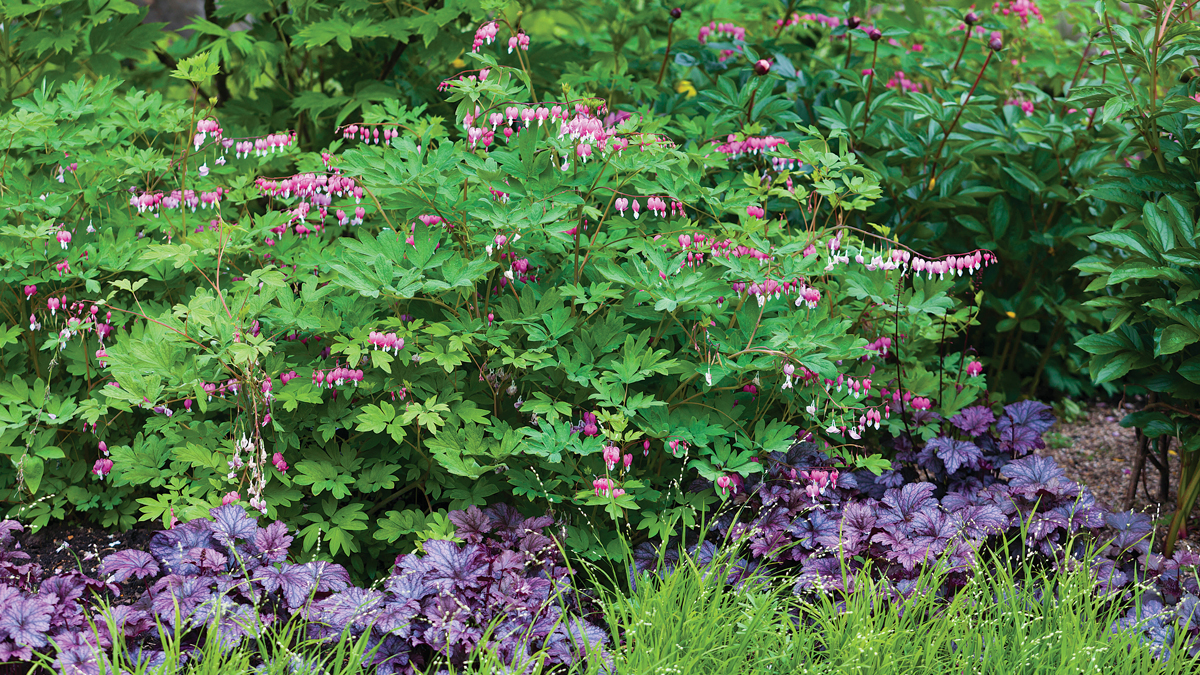
Common bleeding heart blooms in mid to late spring and is available in a range of colors from pink, to pinkish red, to white. It is a versatile plant that will enhance both a formal border and a more informal cottage garden or naturalistic-style garden that has moist, well-drained soil and a sheltered site that is protected from wind. In warmer climates, common bleeding heart should be provided with a moderate amount of shade; even then, plants will typically go dormant around midsummer. Watering can delay dormancy, but it’s simpler to plant common bleeding heart among other shade plants, such as brunnera (Brunnera macrophylla and cvs., Zones 3–7) and ferns, whose expanding foliage will fill in the gap.
Common bleeding heart is rarely troubled by pests or diseases, but if an unseasonably warm period occurs during early spring and then is followed by freezing temperatures, the newly emerging growth can get frosted, destroying the season’s flowers. When frost threatens, protect plants with a few evergreen branches.
Propagation can be done via fresh seed or by careful division of the rhizomes in spring. However, plants are best left alone to form large clumps, since they are slow to reestablish following either division or transplanting.
Look to these cultivars and hybrids for a wider range of options
With eight species within the Dicentra genus, there are a number of options to choose from when you are seeking the right plant for your conditions and tastes—especially when it comes to cultivars and hybrids. Those with dominant parentage from Komakusa bleeding heart or Oregon bleeding heart (Dicentra formosa subsp. oregana, Zones 4–8) typically demand cool summer temperatures, brighter conditions, and good drainage. Those with dominant parentage from fringed bleeding heart or Pacific bleeding heart (D. formosa subsp. formosa, Zones 4–8) tend to be easier to please under average shade garden conditions and are more tolerant of warmer climates.
Many of the bleeding heart hybrids will bloom from midspring through summer and into early fall. However, in areas with hot, dry summers, many Komakusa bleeding heart hybrids will languish following their initial spring flowering and only rebloom in fall. Deadheading can help to promote the production of additional summer blooms, but with so many cultivars to choose from, it’s better to pick those suited to your garden.
Few pests and diseases attack these bleeding hearts. The occasional slug, snail, or bout of mildew are the only problems to watch out for. Propagate this lot by division of the rhizomes in spring.
| Sources |
- Breck’s Bulbs, Guilford, IN; 513-354-1511; brecks.com
- Dancing Oaks Nursery and Gardens Monmouth, OR; 503-838-6058; dancingoaks.com
- Fieldstone Gardens, Vassalboro, ME; 207-923-3836; fieldstonegardens.com
- Great Garden Plants, Grand Haven, MI; 877-447-4769; greatgardenplants.com
- White Flower Farm, Litchfield, CT; 800-503-9624; whiteflowerfarm.com
Mark Tebbitt is a professor of botany at California University of Pennsylvania and an author of Bleeding Hearts, Corydalis, and Their Relatives.
Fine Gardening Recommended Products

National Wildlife Federation®: Attracting Birds, Butterflies, and Other Backyard Wildlife, Expanded Second Edition (Creative Homeowner) 17 Projects & Step-by-Step Instructions to Give Back to Nature
Fine Gardening receives a commission for items purchased through links on this site, including Amazon Associates and other affiliate advertising programs.

Razor-Back Potato/Refuse Hook
Fine Gardening receives a commission for items purchased through links on this site, including Amazon Associates and other affiliate advertising programs.

ARS Telescoping Long Reach Pruner
Fine Gardening receives a commission for items purchased through links on this site, including Amazon Associates and other affiliate advertising programs.

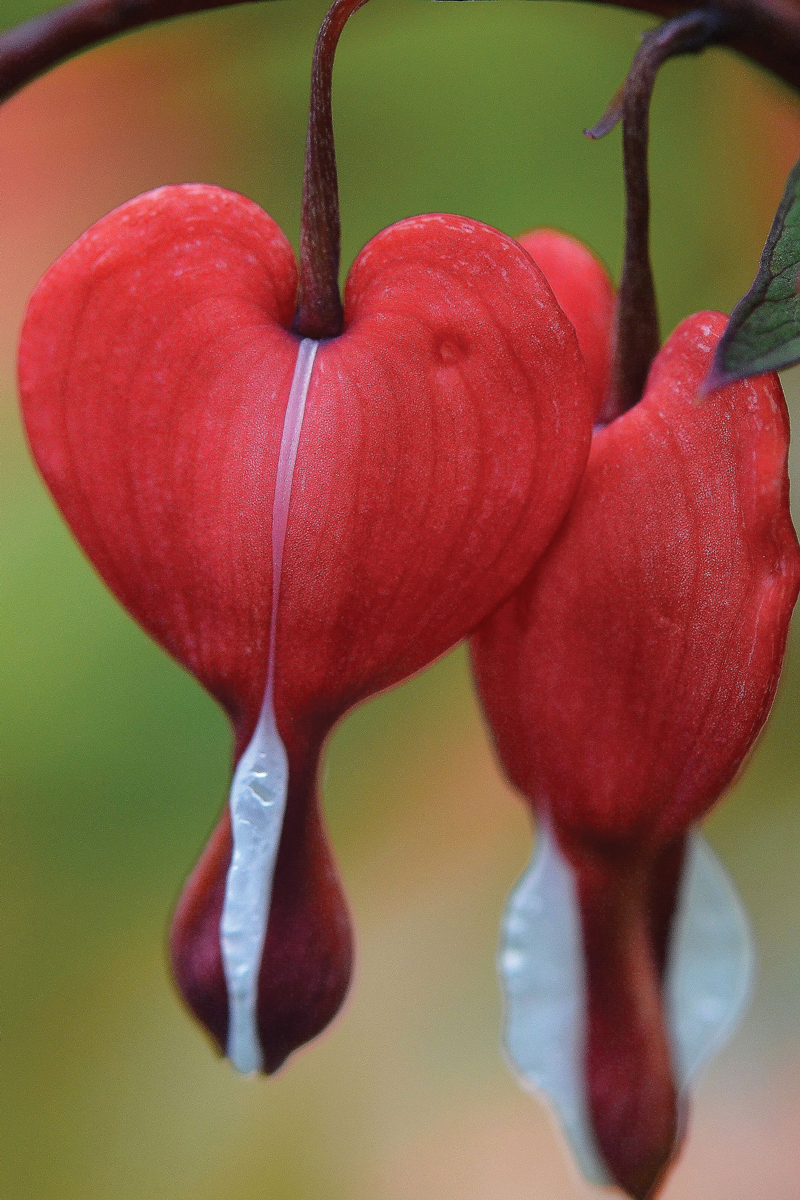
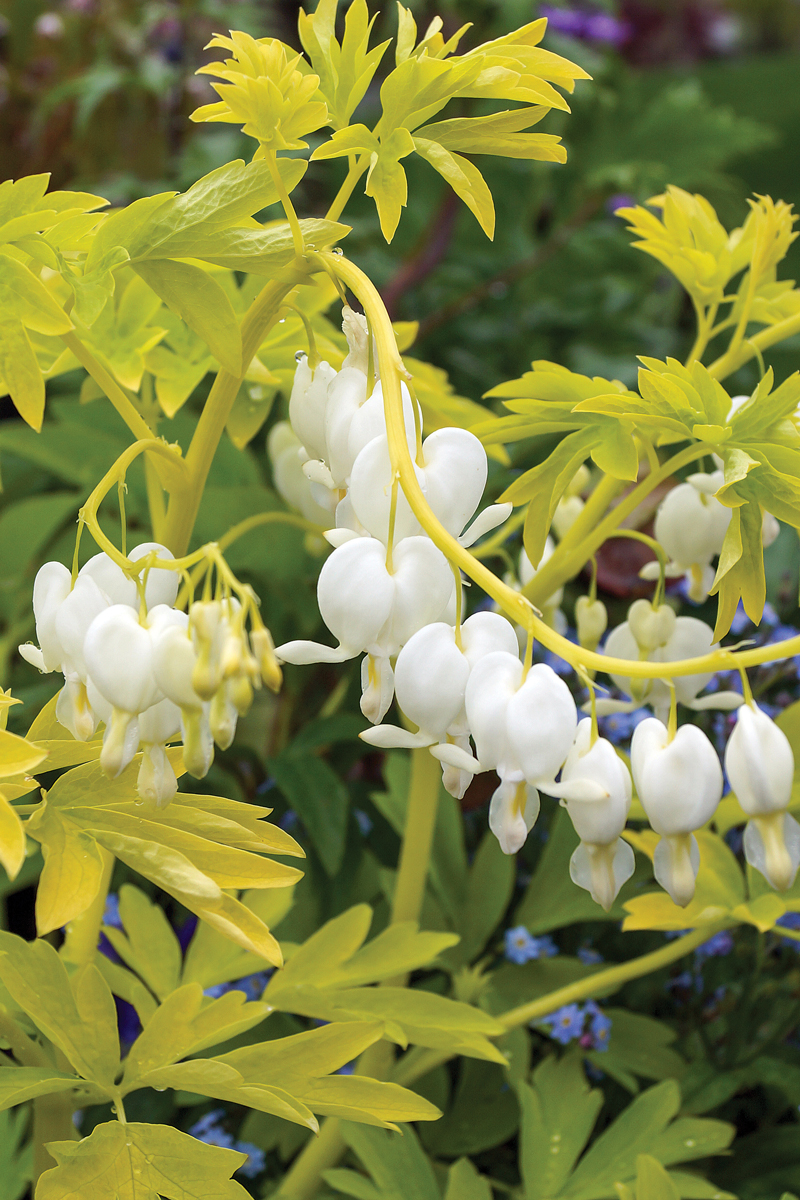
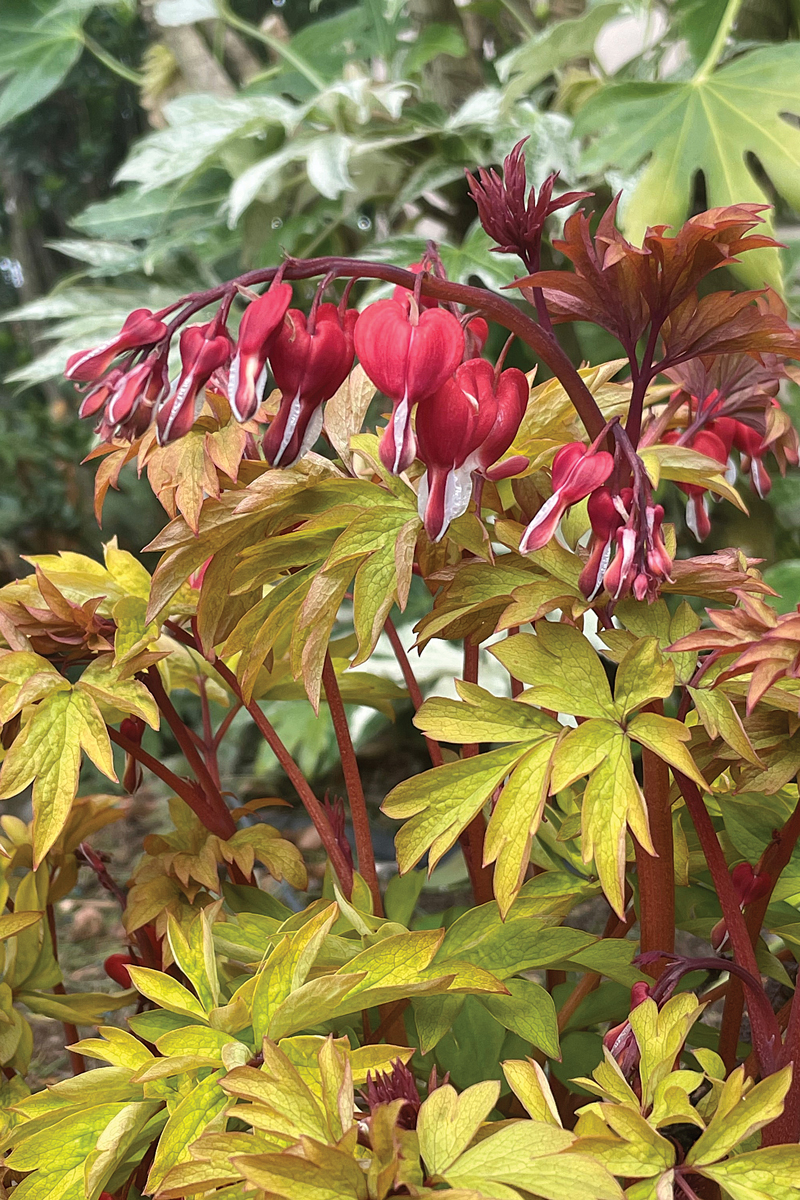
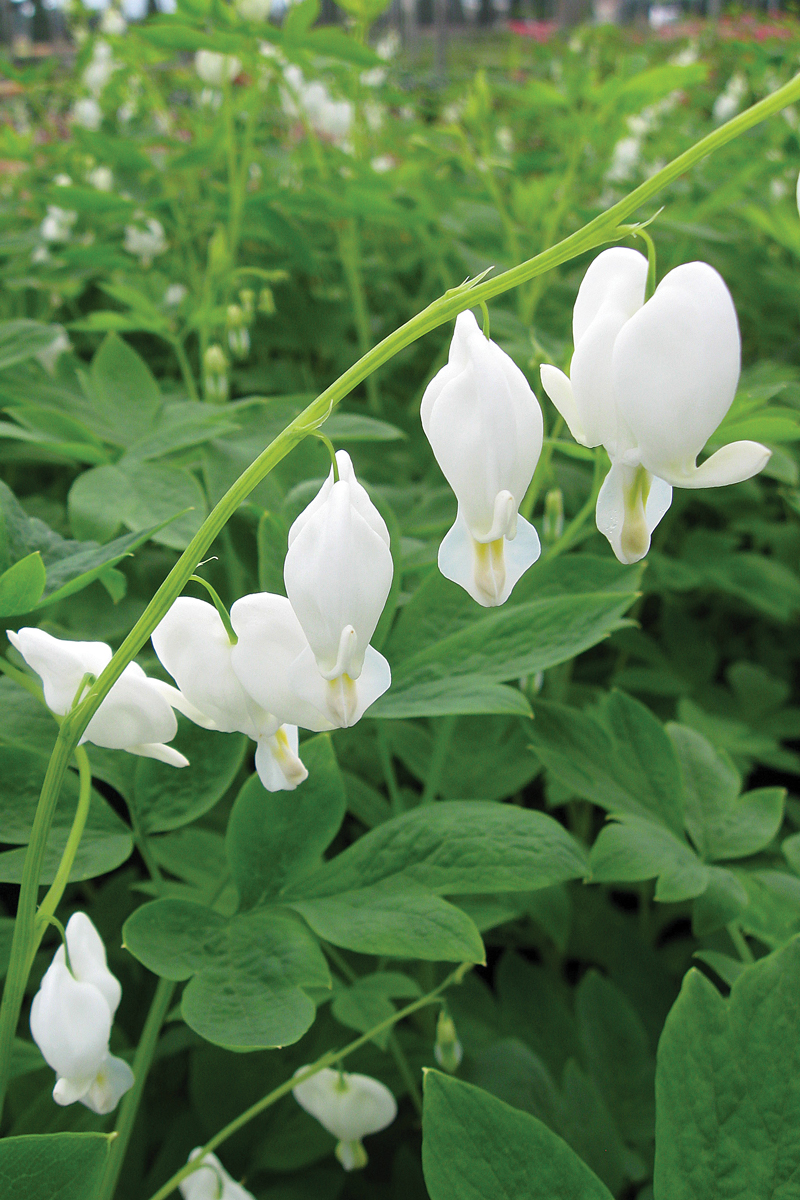

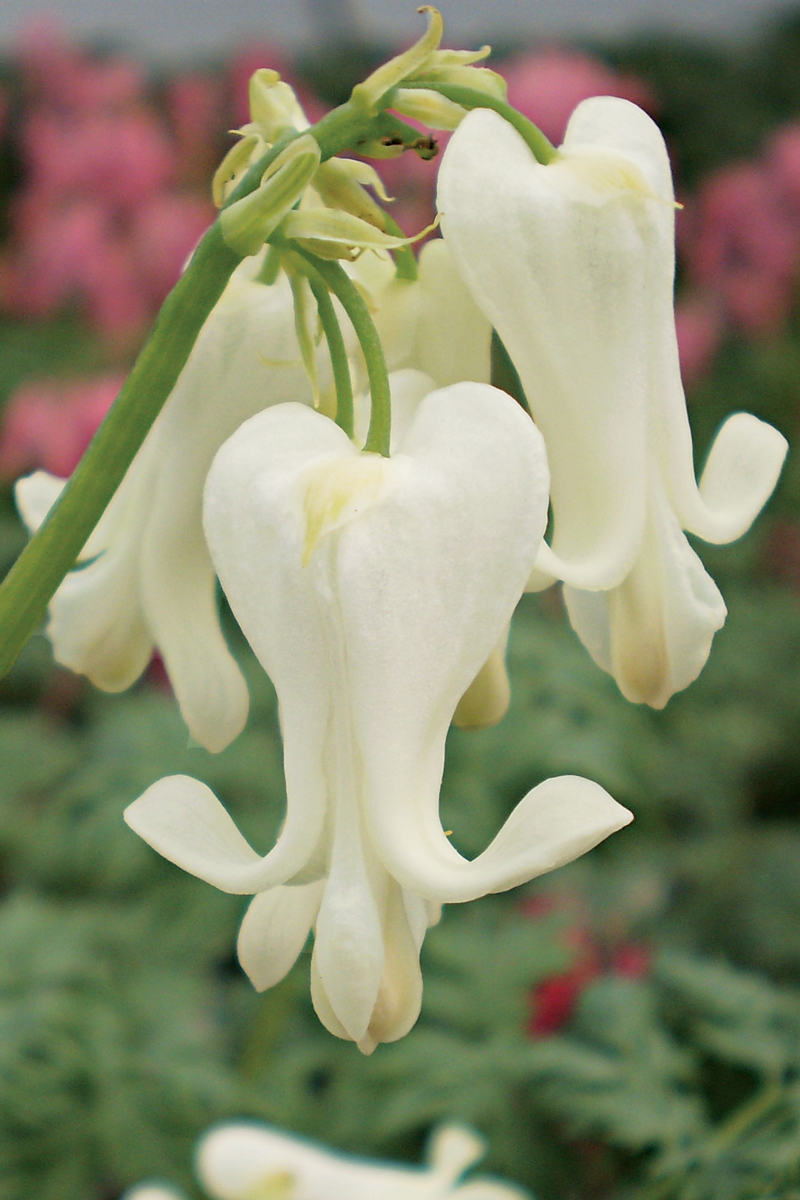

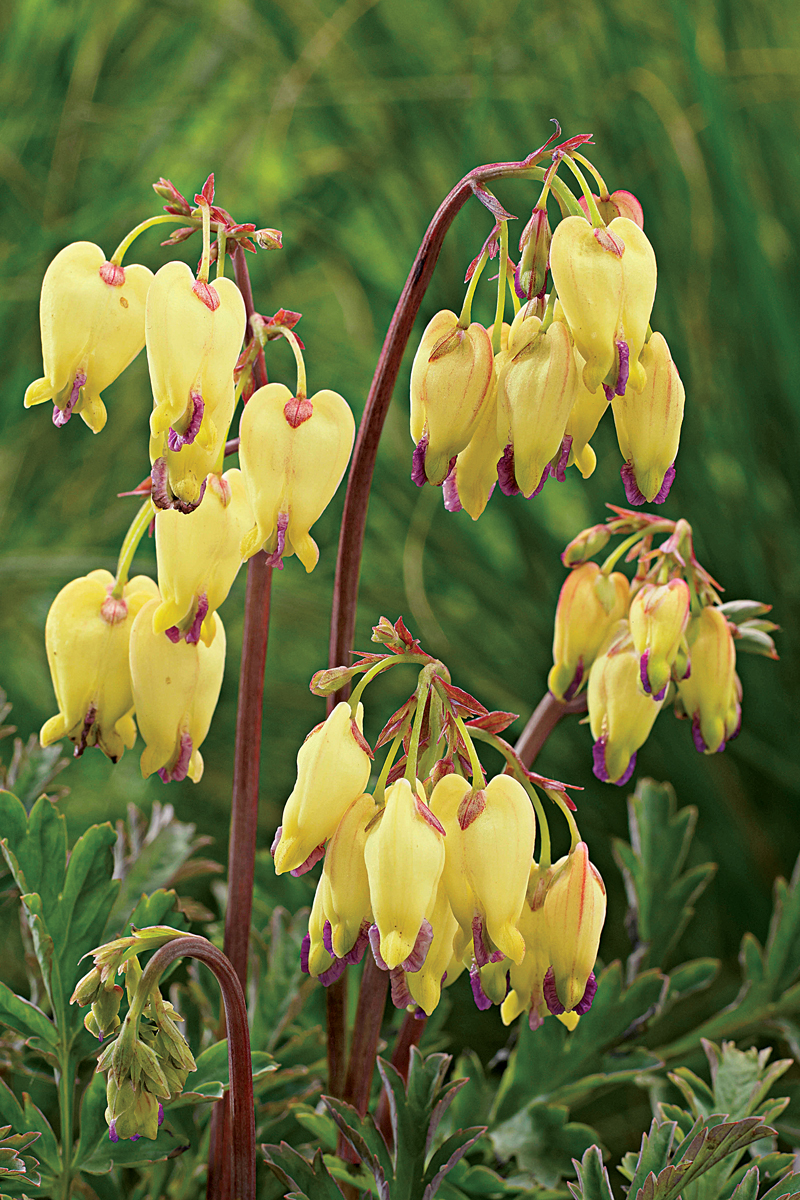
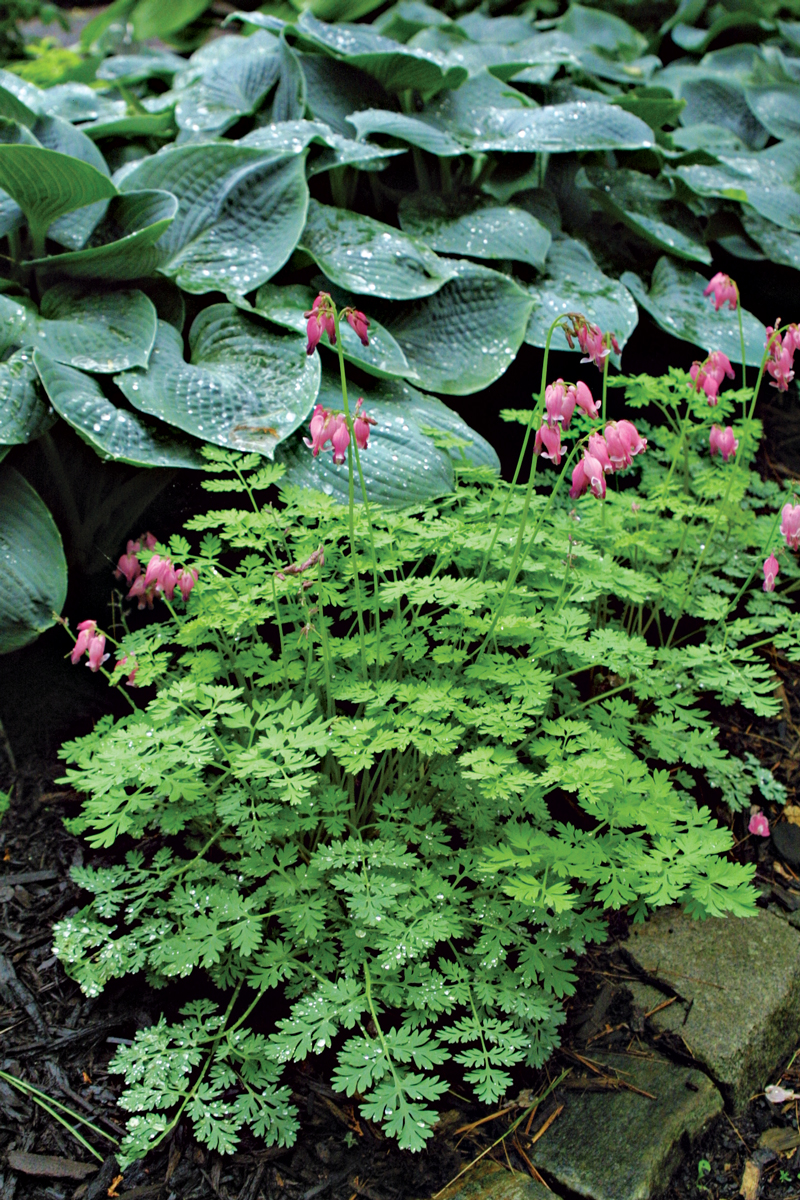
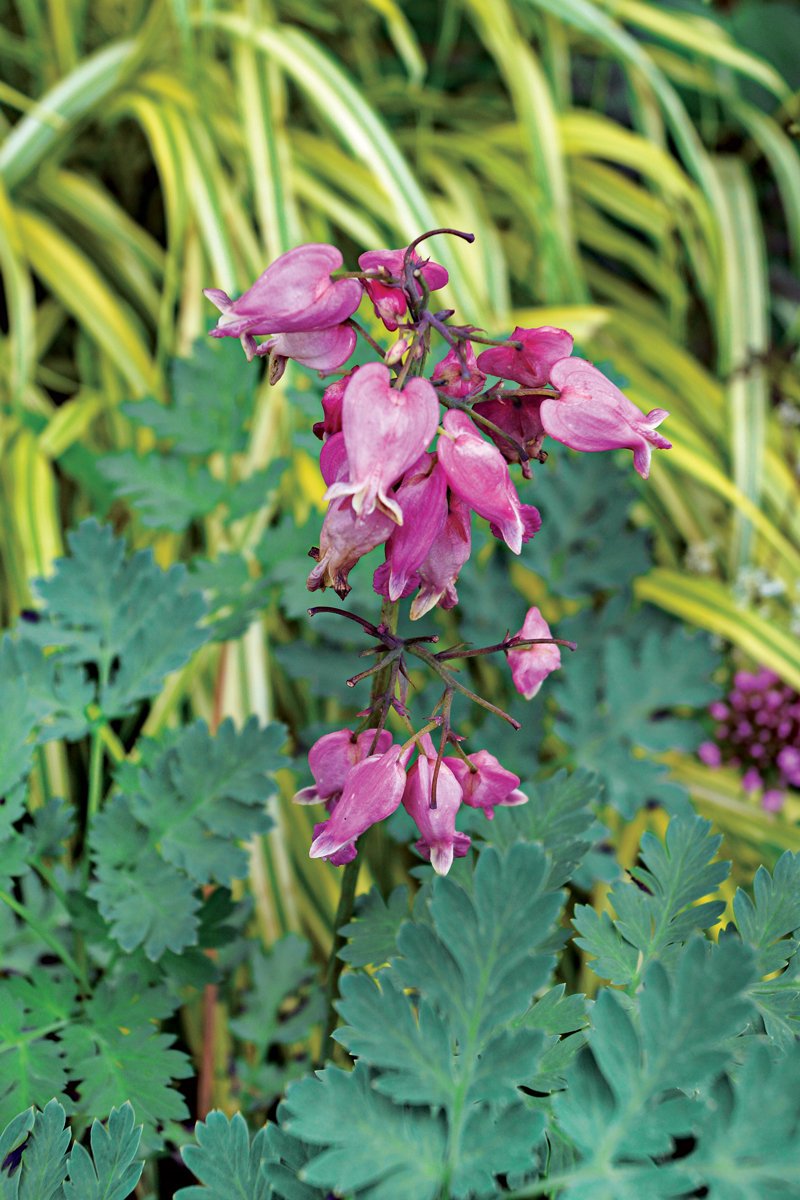
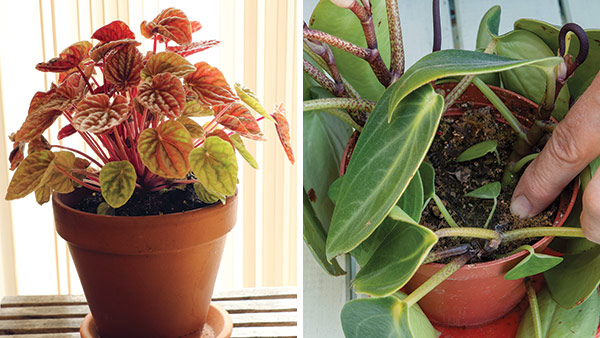
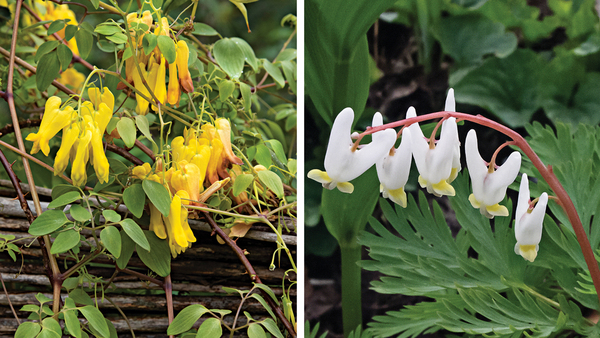
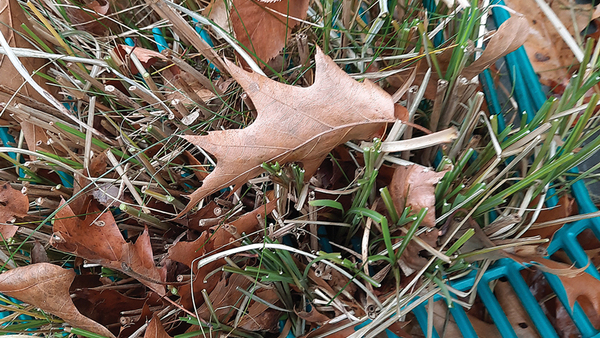

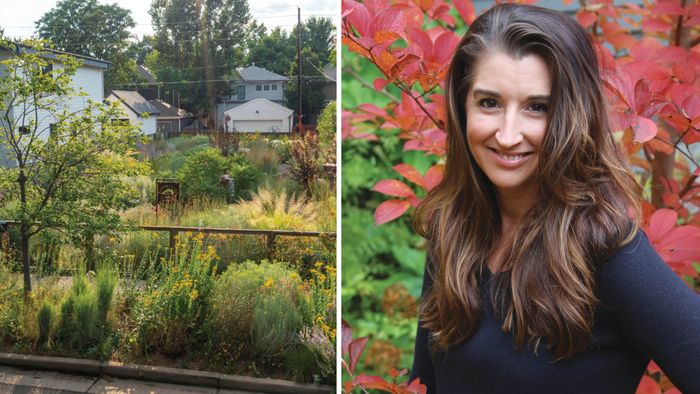












Comments
Log in or create an account to post a comment.
Sign up Log in